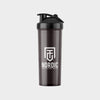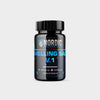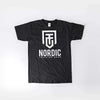In today's world of training, the lifting belt is a popular piece of equipment among strength trainers and athletes. However, there are some misconceptions about its use and ability to protect the back.
First and foremost, it is important to understand that a lifting belt does not automatically protect your back. Rather, it is a reinforcement that helps create intra-abdominal pressure to stabilize your spine and reduce the risk of injury. In other words, the lifting belt functions as an extra muscle that works together with your core muscles to increase stability when lifting heavy weights.
It is also incorrect to believe that a lifting belt is dangerous or cheating. The use of a lifting belt is allowed in most competitions and is actually recommended by many trainers and experts as a way to reduce the risk of injury and improve performance.
Finally, it is also incorrect to believe that wearing a lifting belt will only make you weaker in the long run. On the contrary, a lifting belt can help you lift heavier weights and increase your strength over time by improving your technique and reducing the risk of injury.
However, it is important to remember that the lifting belt is not a magical solution to avoid injuries or improve performance. It is just a reinforcement that works best when used in combination with proper technique and training.
So, whether you are a CrossFit athlete, bodybuilder, powerlifter, strongman, or Olympic weightlifter, it is important to understand how to use a lifting belt properly to improve performance and minimize the risk of injury. By using a lifting belt correctly, you can build a bulletproof back and safely and effectively add extra weight to your bar.
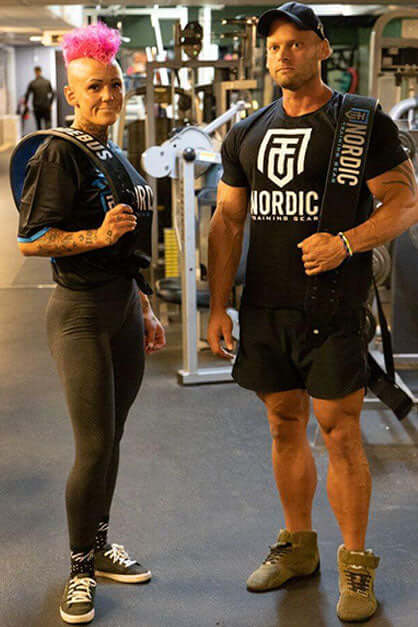
What is the purpose of a lifting belt?
The purpose of a lifting belt is to help create intra-abdominal pressure to stabilize the spine when lifting heavy weights. Intra-abdominal pressure, which is the pressure or tension in the abdomen, is crucial for lifting heavy weights without injuring your back.
The lifting belt works by providing extra support and compression to the abdomen and surrounding muscles when you inhale and tighten your core. This increases the pressure in the abdomen and creates a stable platform for your spine to rest on when lifting heavy weights.
Proper use of a lifting belt not only helps protect your lower back, it can also increase your strength and performance by improving technique and reducing the risk of injury. By using a lifting belt correctly, you can build a strong and resilient back while taking your lifts to the next level.
So, whether you are an experienced lifter or a beginner, it is important to learn how to create intra-abdominal pressure and use a lifting belt properly to avoid injuries and maximize your lifting results.
How does abdominal bracing work?
Abdominal bracing is an important concept in strength training and involves creating tension in the abdomen or core to transfer force from the hips and legs to the lift. The primary job of the core is to be stiff and able to transfer force, which is crucial for lifting heavy weights without injuring the back.
When performing squats or deadlifts, gravity tries to round the back of the barbell, which can cause damage if your core strength is a limiting factor. By creating abdominal bracing, you can resist gravity and keep your back straight, allowing you to lift more weight and reduce the risk of injury.
To create abdominal bracing, you need to simultaneously tense your abdominal muscles, diaphragm, and pelvic floor. This creates pressure in the abdomen that stabilizes the spine during the lift. The more abdominal bracing you can create, the more weight you can lift and the stronger and more stable your core will become.
In summary, abdominal bracing is an important technique in strength training that enables you to lift heavier weights and protect your back from injury. By creating tension in the abdomen, you can transfer force from the hips and legs to the lift and maintain good posture throughout the lift.
Recommended product category:
How to create more abdominal bracing?
Using a lifting belt correctly can help increase stability and reduce the risk of injury during heavy lifts. When using a lifting belt, you should place it in position just above the hips and under the rib cage. The belt should fit snugly but not too tight, and you should be able to fit one or two fingers between the belt and your body.
When you inhale, you should fill your abdomen with air and push out against the belt, creating an increase in abdominal pressure. This increased pressure in the abdomen and against the belt helps stabilize the core and protect the spine during heavy lifts.
It is important to remember that the lifting belt should not be a solution to poor technique. You should still have proper technique and form when lifting, and use the belt only during heavy lifts or lifts where you feel particularly unsure.
Using a lifting belt can be a helpful technique for increasing your lifting capacity and reducing the risk of injury. But it is important to use it correctly and in combination with proper technique and form to achieve the best results.

How else can you create intra-abdominal pressure?
The best way to create intra-abdominal pressure is through a technique called bracing or the Valsalva maneuver, whether you use a lifting belt or not. Using a lifting belt can make bracing more effective, but if you don't brace your core without the lifting belt, the belt won't help you. Bracing is an important technique that you should use when lifting heavy weights.
To make bracing work, you should stand up and place both hands on your chest. Breathe in through your nose and exhale through your mouth as if you're blowing out a candle and empty your lungs completely. Notice how your ribs sink and empty. When you don't have any more air to exhale, take note of your rib position.
Keep your rib position as you take another breath through your nose and think about breathing into your belly, oblique muscles, and lower back. You should feel a good expansion around your midsection. Your abs, oblique muscles, and lower back should expand in harmony. You should feel a strange pressure in your midsection. Take a few breaths to get used to the feeling and remember it.
To use bracing with a lifting belt, follow the same steps as before, but when you breathe in through your nose, you should feel your midsection press into every part of the belt. The belt gives you more pressure and tension. But remember not to hold your breath all the time. You have to breathe, otherwise, you will faint. Practice breathing without losing your pressure around your midsection, and you will become a master of the bracing technique.

How tight should my lifting belt be?
The question often asked is how to adjust a lifting belt for proper fit. And the fact is that it is a common challenge for many people. There is a simple guideline that can help you determine if the fit is right. You should be able to slide your open palm between the belt and your waist. This indicates that the belt is tight enough to support your spine and waist, but not so tight that you can't breathe properly in your midsection.
When it comes to adjusting a lever belt, which is a lifting belt with a quick-release buckle, it can be a bit tricky to get the right fit. There is a buckle that must be adjusted with screws and a screwdriver for the belt to fit properly. But the same principles apply to the overall fit of the belt, regardless of the type of lifting belt you are using. It's important to take the time to adjust the belt properly to get optimal support and protection during your lifts.
When should I use my lifting belt?
When performing heavy weight training exercises such as squats, deadlifts, military presses, and Olympic lifts, it is common to use a lifting belt. It's important to put on the belt when the weight starts to get heavy, usually during the two to three warm-up sets before your working sets. This gives you the opportunity to become familiar with the lifting belt and its function before you start working with heavier weights.
Even though you may not need the lifting belt during warm-up sets, it's important to take them seriously. Think of these sets as skill-building exercises that help you build additional core strength and prepare yourself mentally and physically for your working sets. Maintain the same intensity on your warm-up/non-belt sets as you do on your working sets.
What type of lifting belt should I choose?
The choice of lifting belt depends on several factors, including your personal preferences, training goals, and the type of lift you are doing. Here are some common types of lifting belts that you may consider:
- Thick leather belts: These are the classic lifting belts often used by powerlifters and strongmen. They are made of thick leather and provide a high degree of support for the abdomen and back during heavy lifts.
- Nylon belts: These belts are lighter and more flexible than leather belts, which can be beneficial for mobility and comfort. They are also cheaper than leather belts.
- Neoprene belts: These belts are made of neoprene and have Velcro straps that allow the belt to be adjusted as needed. They are often lighter and more flexible than leather belts and can be beneficial for Olympic lifts where mobility is important or used as an under belt to e.g. a leather belt.
- Thin leather belts: These belts are thinner than traditional leather belts and are often preferred by bodybuilders who want support without sacrificing mobility.
It's important to choose a belt that fits your body and training style. Not sure which belt is right for you? Email us and we'll help you out!

Myths about lifting belts
Lifting belts are an important tool for strength training, but there are also many myths surrounding their use. One of the most common myths is that using a lifting belt is cheating and will make you weaker. However, this is not true. The lifting belt allows you to use your existing strength to lift heavier weights and increase your strength even more.
Another common myth is that using a lifting belt is dangerous and that it automatically protects your back. This is also incorrect. The lifting belt is not a substitute for proper technique and cannot protect you from injuries if you don't know how to use it properly. Learning proper technique and tension without the lifting belt is important to get the most out of it when you use it.
Using a lifting belt is not inherently dangerous, but it is important to understand how to use it correctly. If you are unsure of how to use a lifting belt, speak with an experienced trainer or lifter for advice and instructions.
Final thoughts
A lifting belt is truly an important part of the toolkit for anyone serious about making progress in their strength training. Whether you are a professional athlete or just training to feel good, a lifting belt can help take your training to the next level. It can be surprising how much a single piece of equipment can impact your results.
By using a lifting belt correctly, you can increase your core strength and thereby improve your performance in major barbell exercises such as squats, deadlifts, military presses, and Olympic lifts. It can also help reduce the risk of injury and overloading on the spine.
However, it is important to use a lifting belt correctly to get maximum benefit from it. It is not a quick-fix solution that will suddenly make you stronger without effort. Instead, it is a training aid that helps you take advantage of the strength you already have.
Whether you are a CrossFit athlete, bodybuilder, powerlifter, or Olympic weightlifter, it is important to learn how to use a lifting belt correctly. It's not just a matter of buying a product and expecting it to work miracles. You also have to take the time to learn the technique for tightening and using the belt properly.
So if you are serious about your strength training and want to take your performance to the next level, you should definitely consider investing in a high-quality lifting belt and take the time to learn how to use it correctly.
You can find all our high-quality lifting belts here.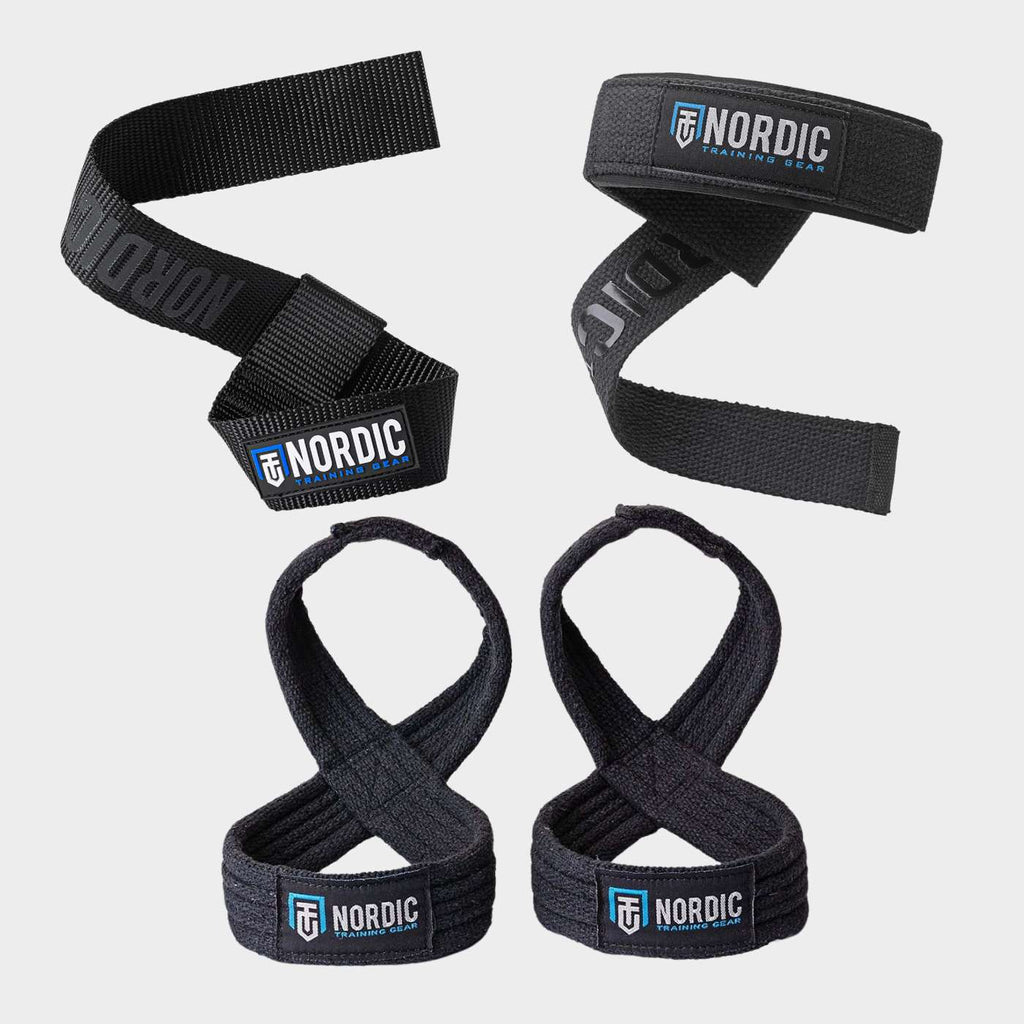 Lifting Straps
Lifting Straps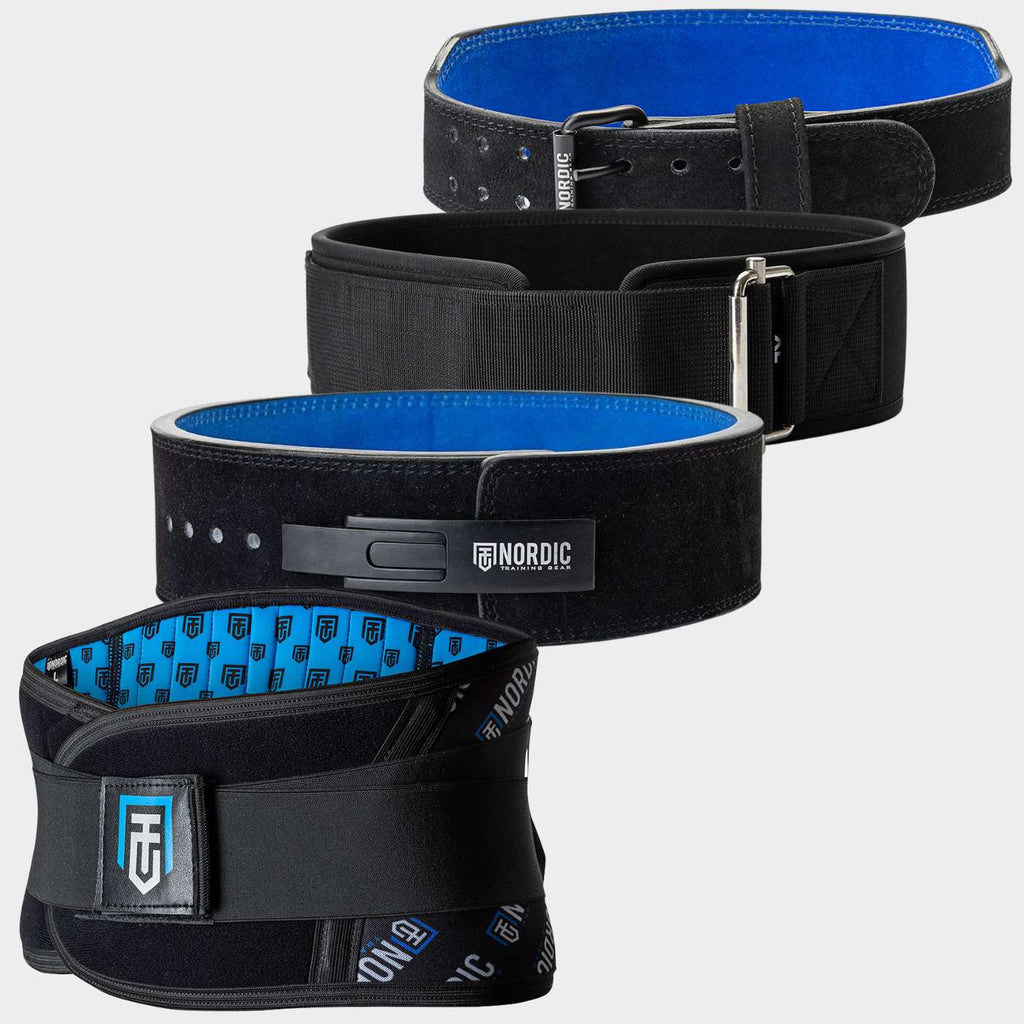 Lifting Belts
Lifting Belts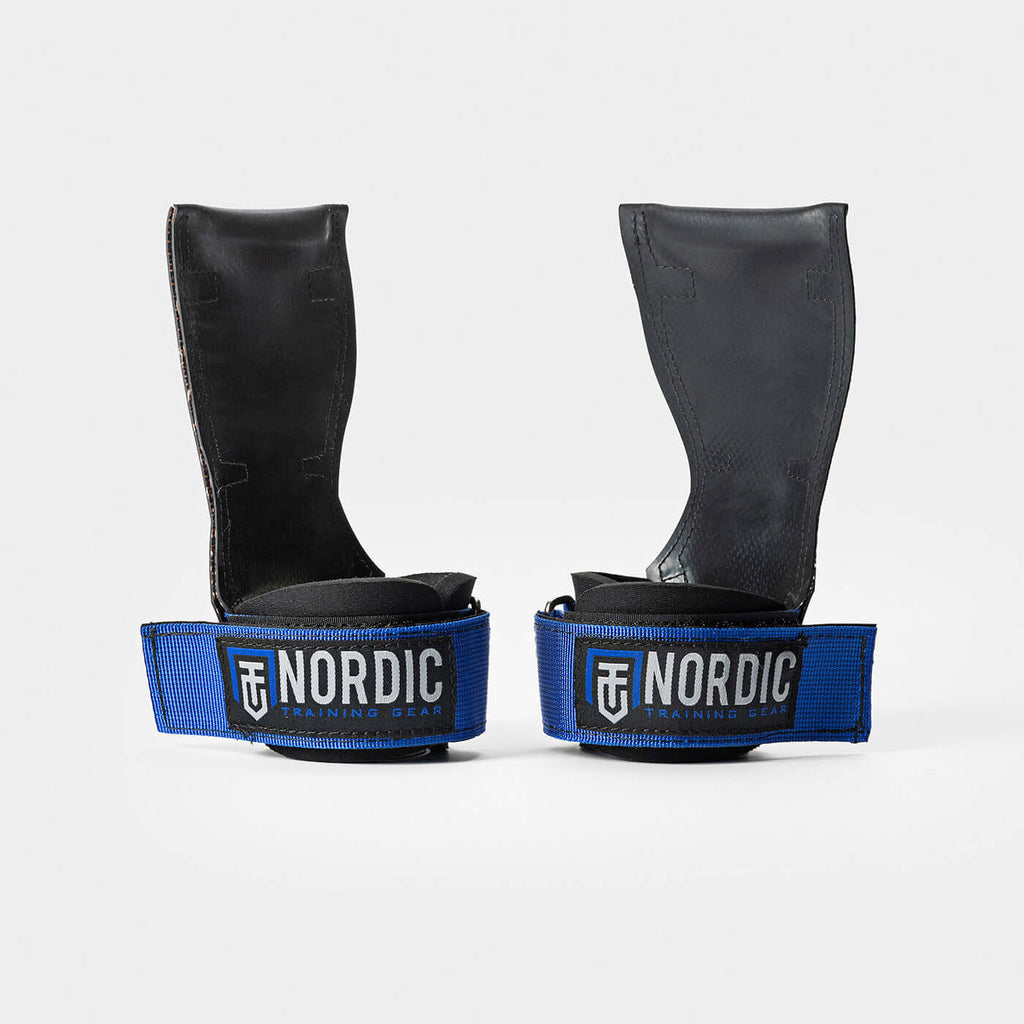 Nordic Grips
Nordic Grips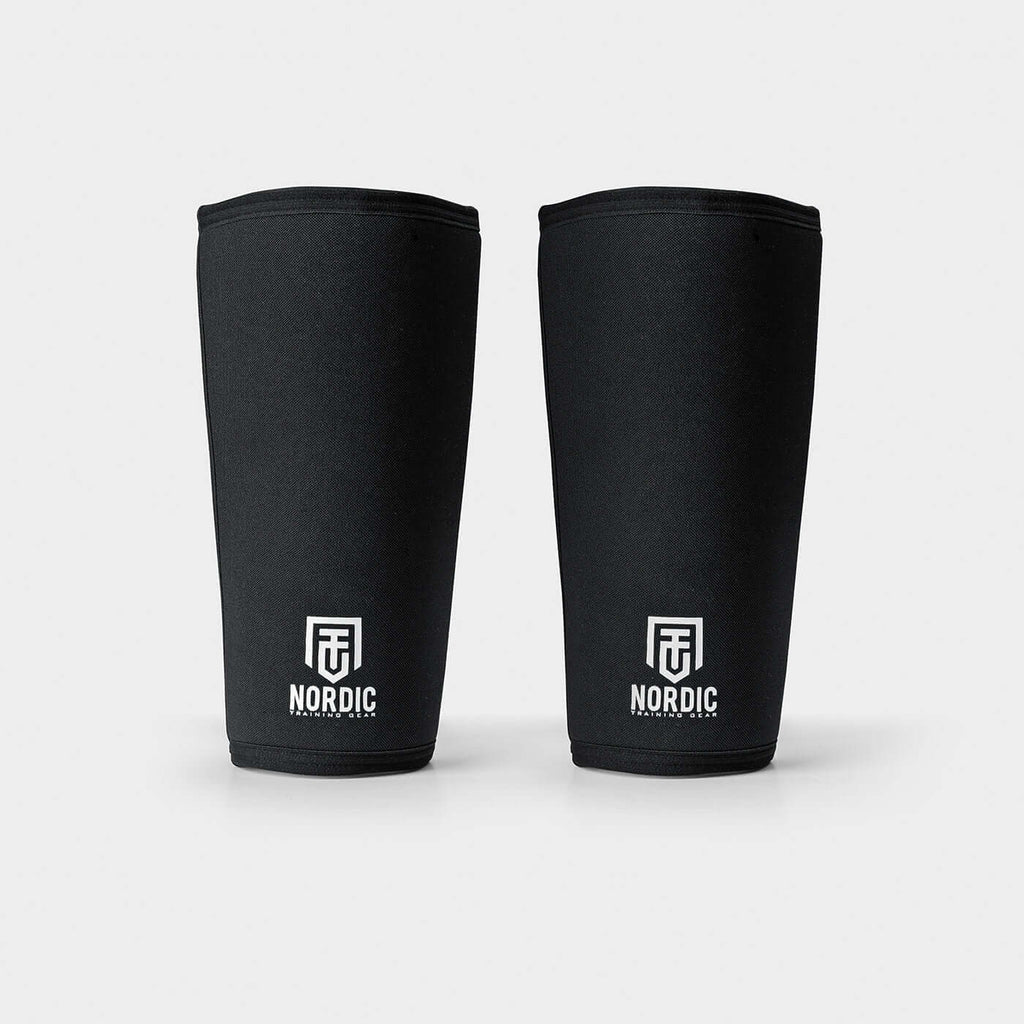 Knee Sleeves
Knee Sleeves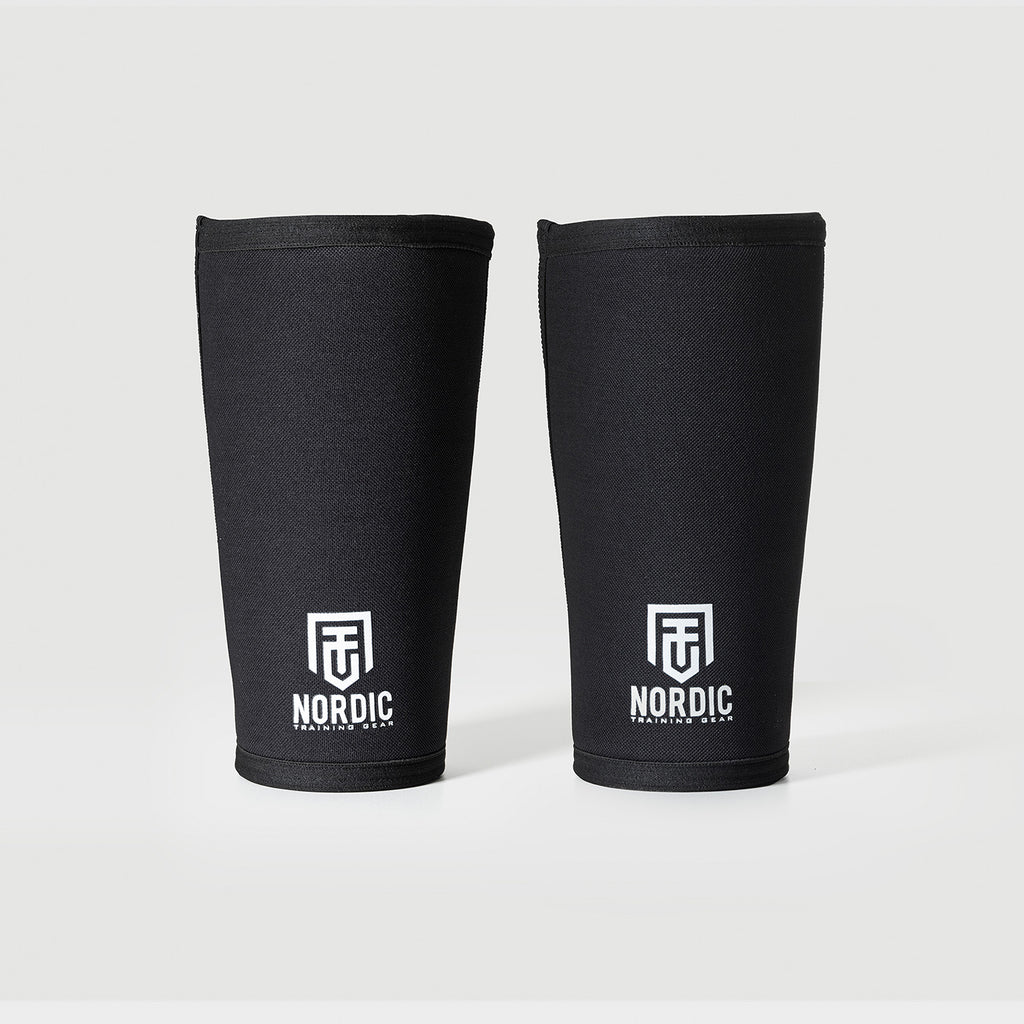 Elbow Sleeves
Elbow Sleeves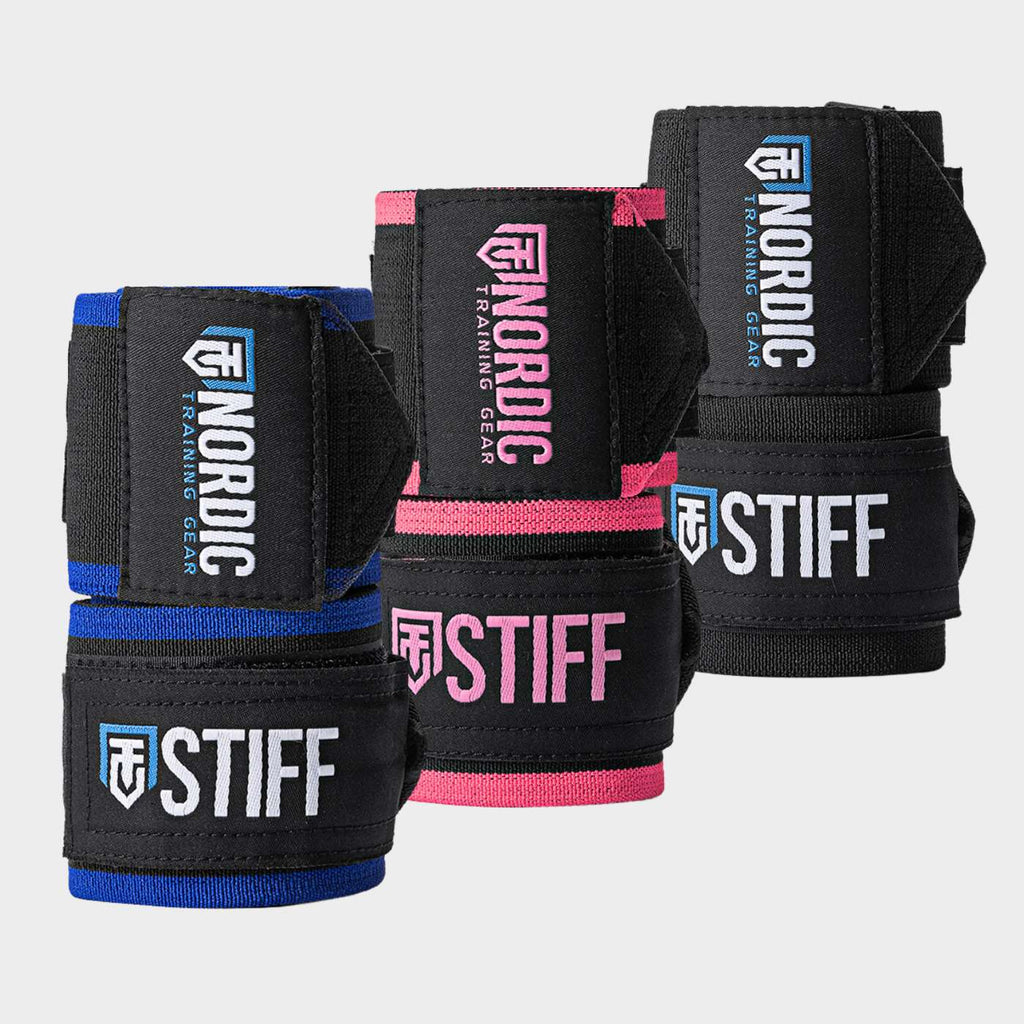 Wrist Wraps
Wrist Wraps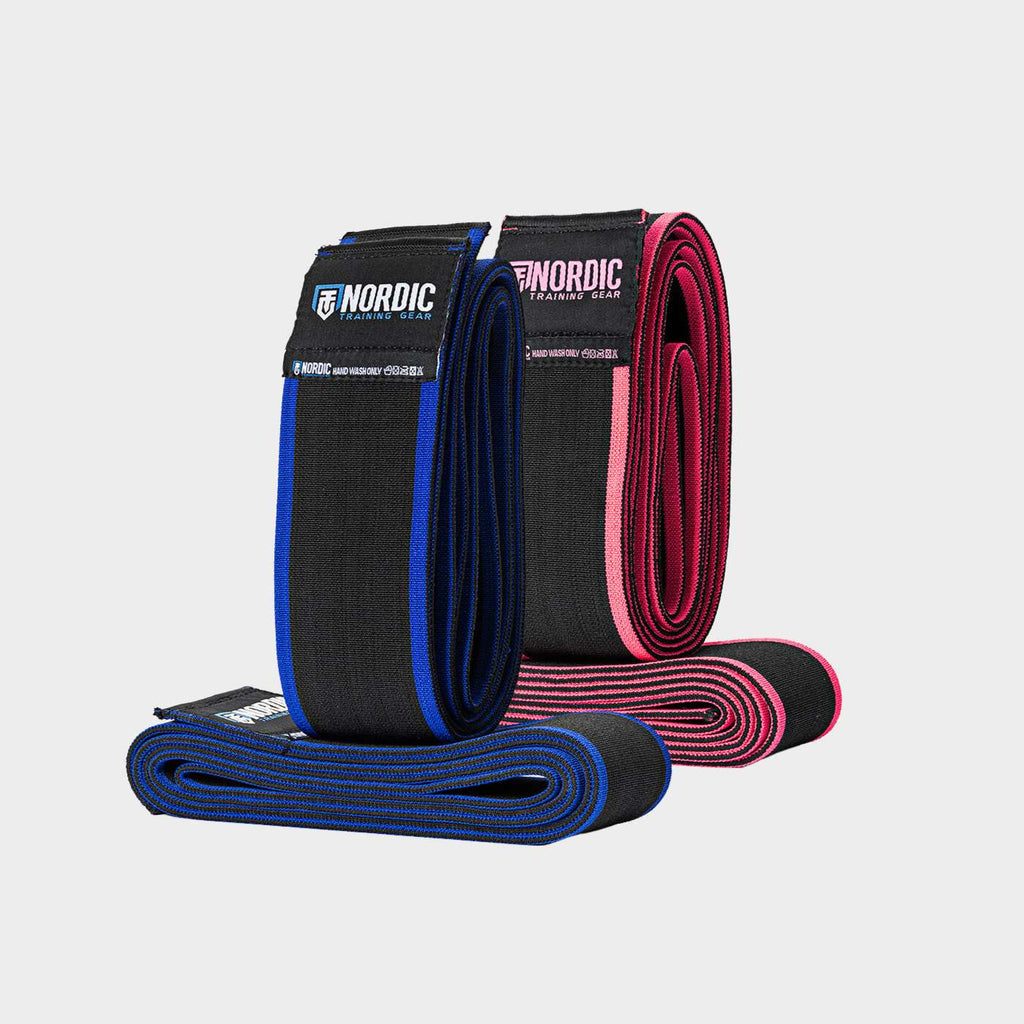 Knee Wraps
Knee Wraps Luktsalt
Luktsalt Supplements
Supplements 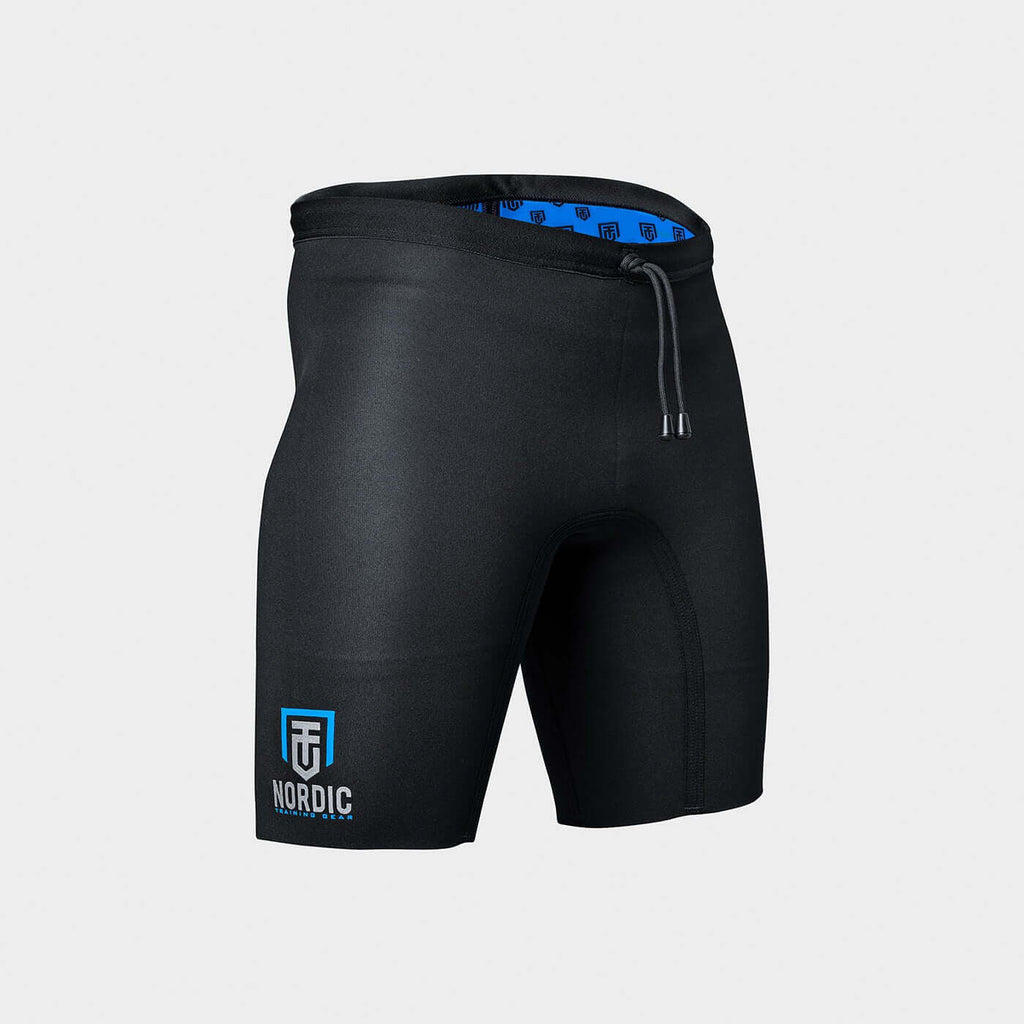 Neoprene Shorts
Neoprene Shorts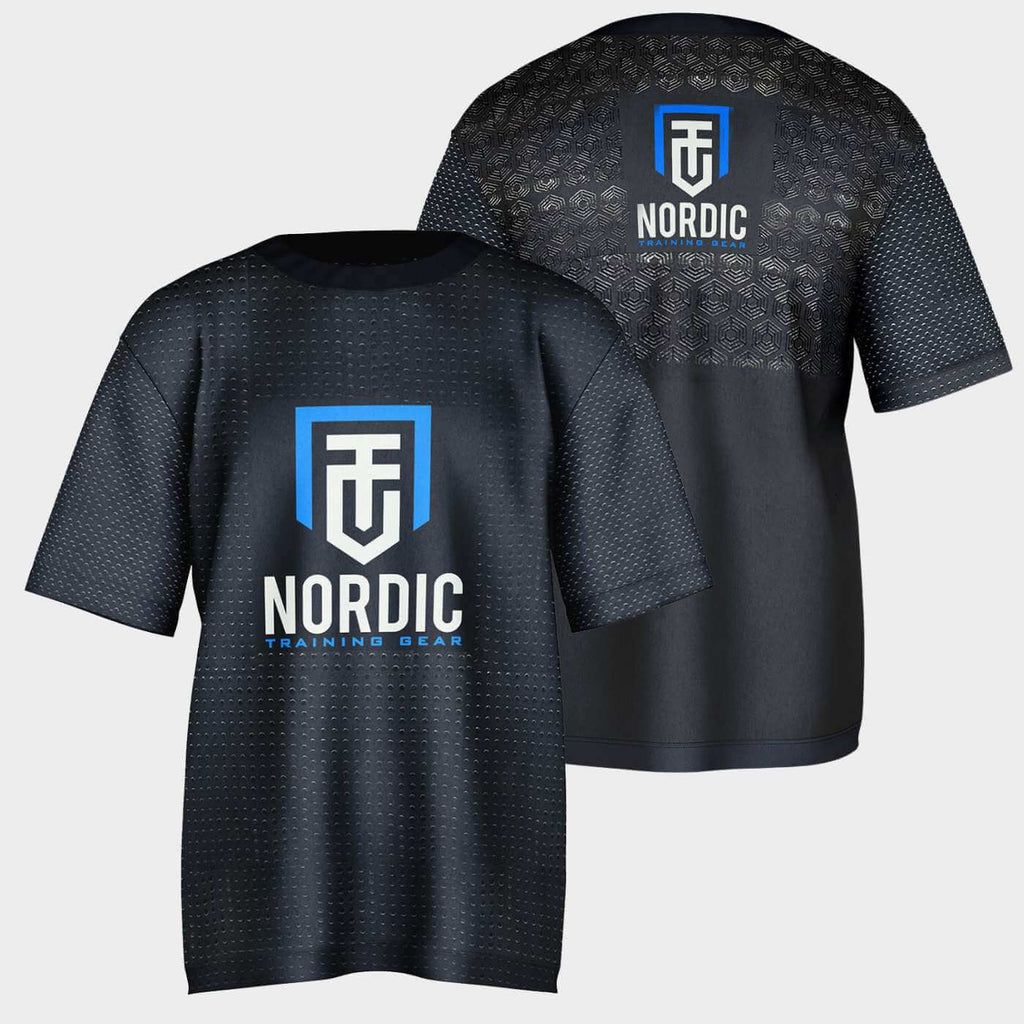 Grip Shirt
Grip Shirt Deadlift socks
Deadlift socks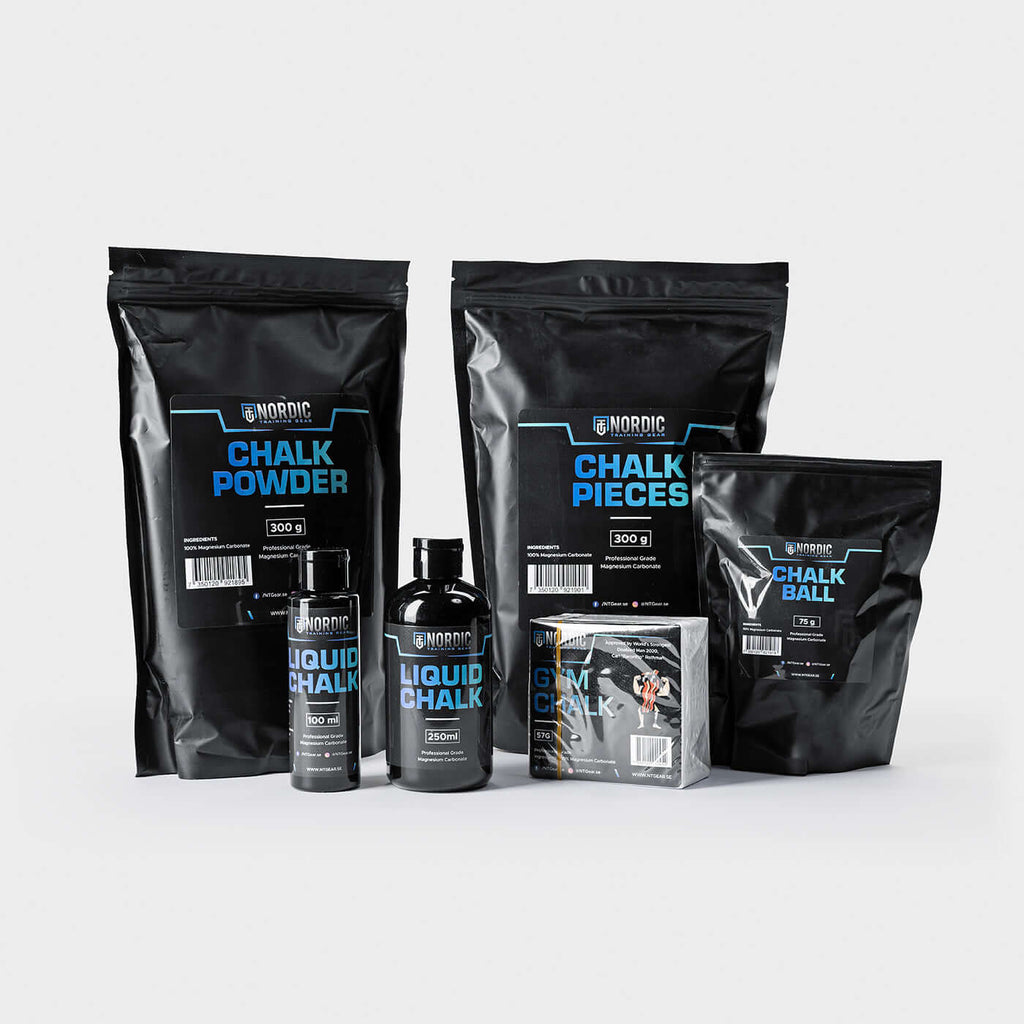 Gym Chalk
Gym Chalk  Lifting Shoes
Lifting Shoes Strongman Tacky
Strongman Tacky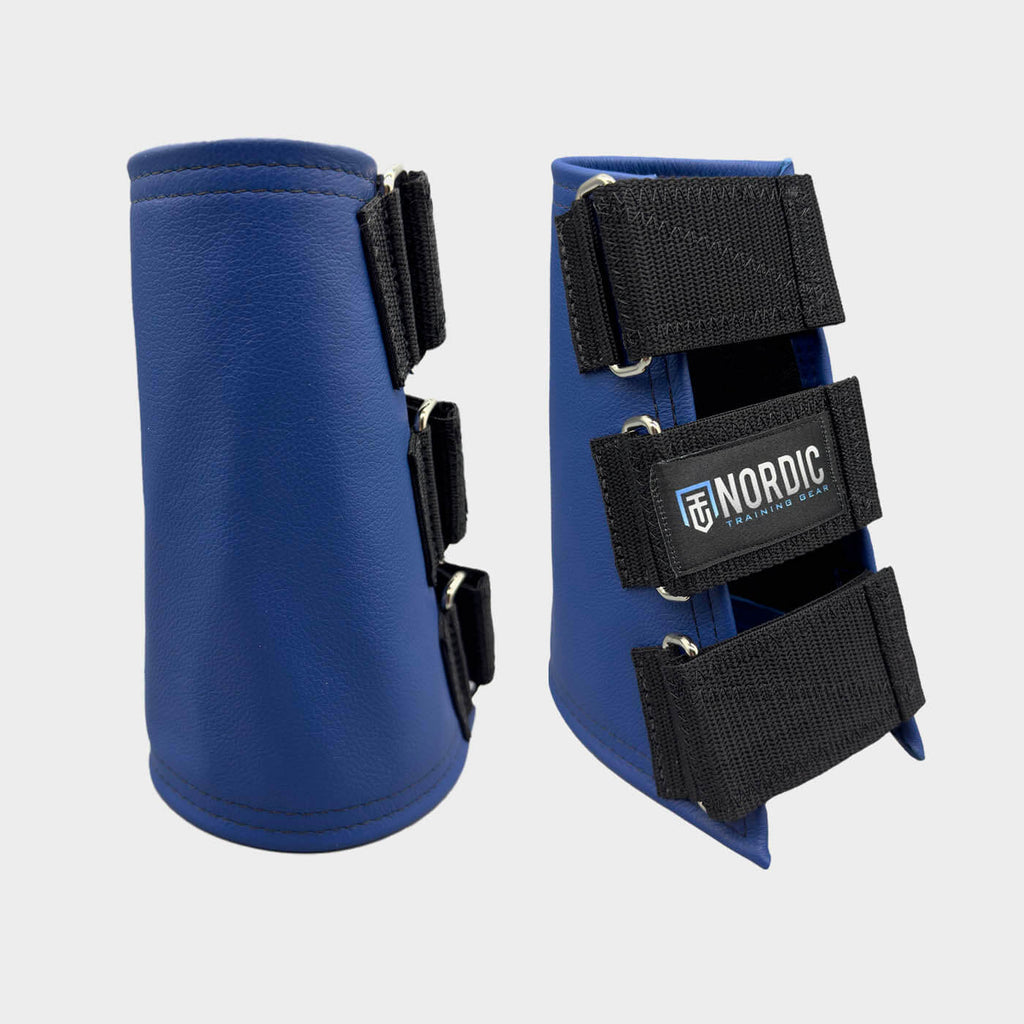 Stone Sleeves
Stone Sleeves Sandbags
Sandbags Calf & Shin Sleeves
Calf & Shin Sleeves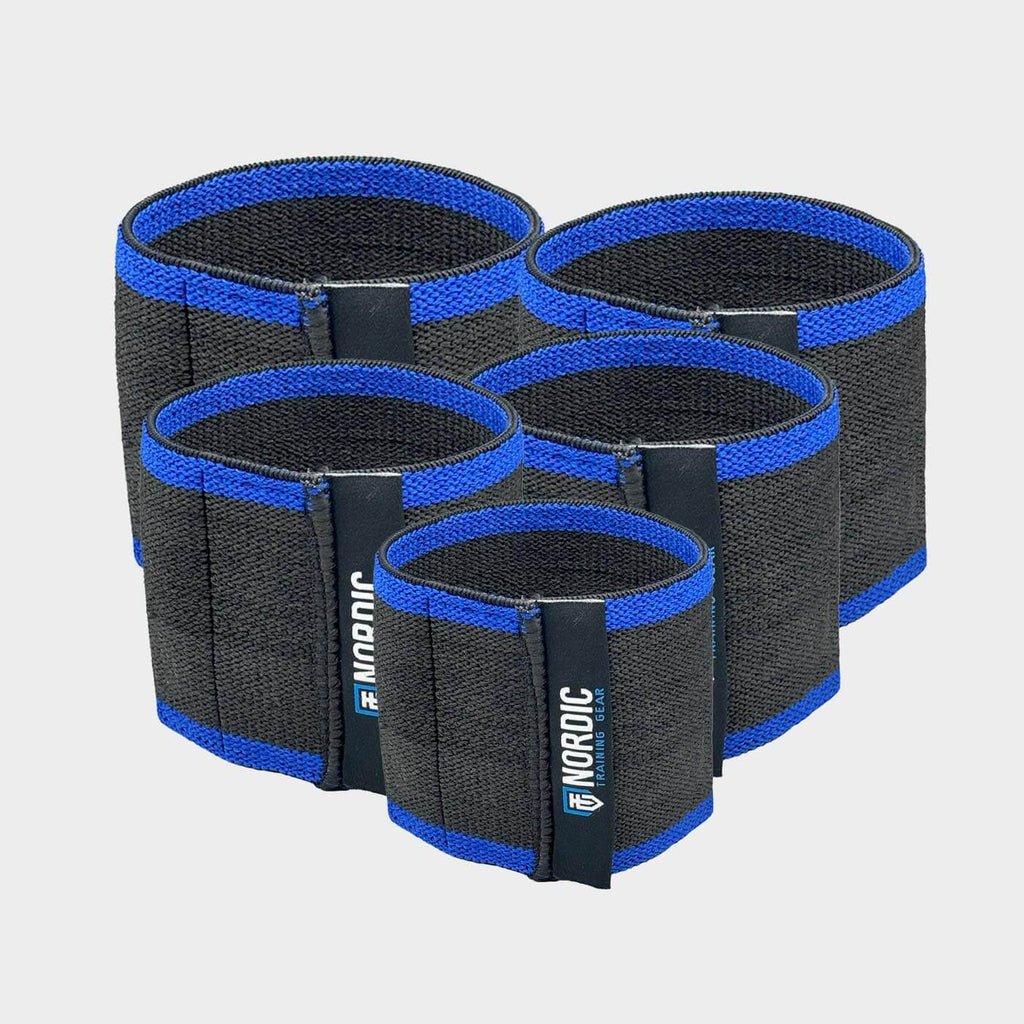 Compression Cuffs
Compression Cuffs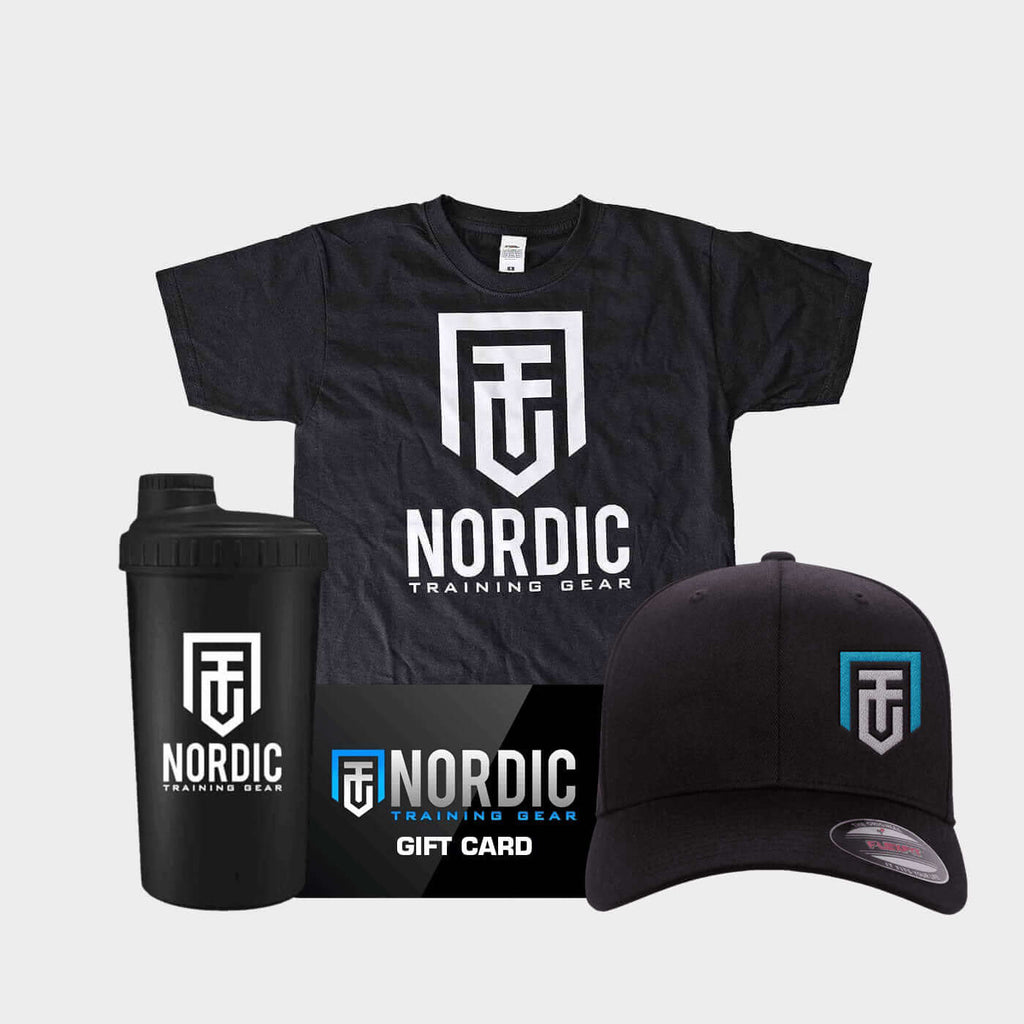 Accessories
Accessories
 Best Seller
Best Seller Sale
Sale News
News Lifting Straps
Lifting Straps Lifting Belts
Lifting Belts Nordic Grips
Nordic Grips Knee Sleeves
Knee Sleeves Elbow Sleeves
Elbow Sleeves Wrist Wraps
Wrist Wraps Knee Wraps
Knee Wraps Luktsalt
Luktsalt Supplements
Supplements  Neoprene Shorts
Neoprene Shorts Grip Shirt
Grip Shirt Deadlift socks
Deadlift socks Gym Chalk
Gym Chalk  Lifting Shoes
Lifting Shoes Strongman Tacky
Strongman Tacky Stone Sleeves
Stone Sleeves Sandbags
Sandbags Calf & Shin Sleeves
Calf & Shin Sleeves Compression Cuffs
Compression Cuffs Accessories
Accessories















